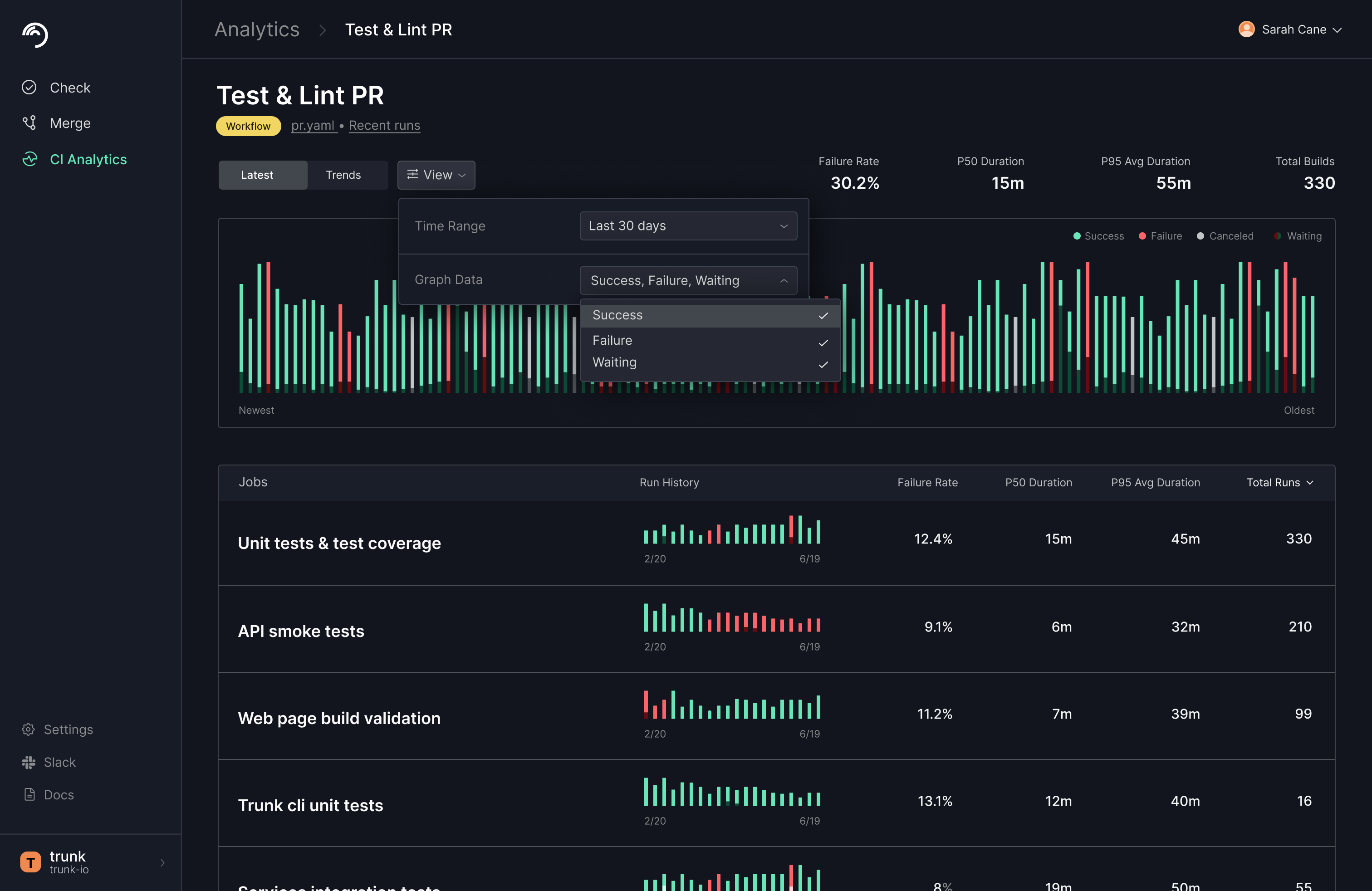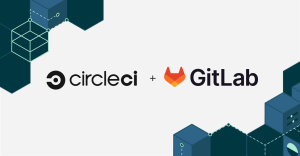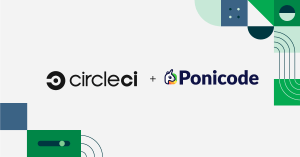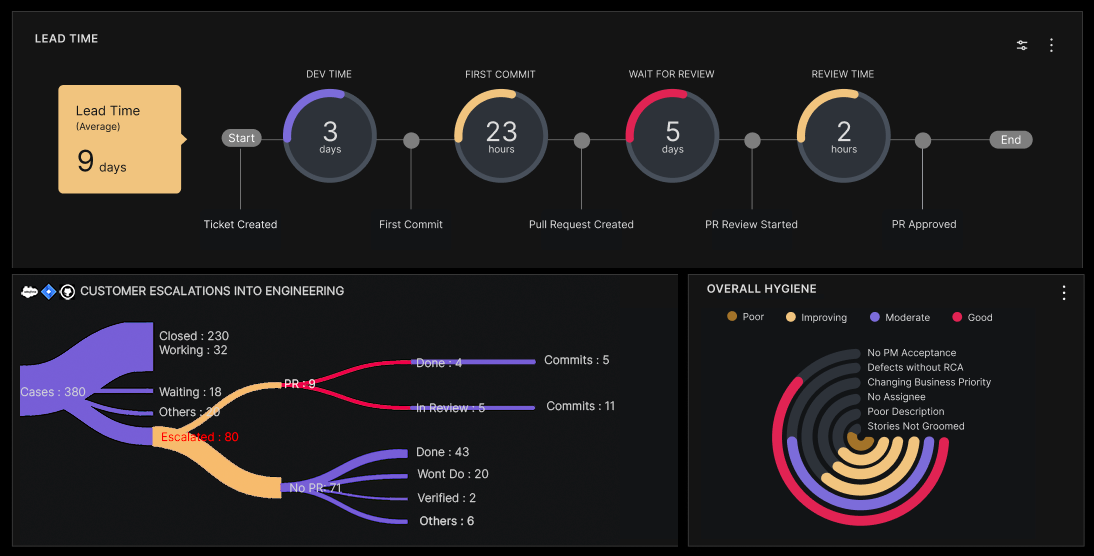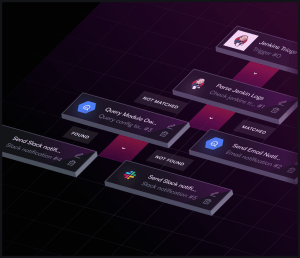Remote workforces have come into their own in the last several years, with companies ever more willing to tap into talent wherever it happens to be, and a vast array of low-friction tools being built to make those distributed teams work just as effectively as if they were all in the same physical space. Today, Remote, which has built a platform to hire distributed employees, and then make sure they are remunerated easily and legally — in other words, tech that helps companies with some of the trickiest aspects of managing a remote workforce — is announcing a big round of funding as it emerges as one of the bigger players to watch in the world of HR addressing global and distributed workforces.
The startup has raised $300 million, funding that it will be using to continue building out the tools that it provides to its customers and to expand its technology and services to more geographies. SoftBank Vision Fund 2 is leading the round, with previous investors Accel, Sequoia, Index Ventures, Two Sigma Ventures, General Catalyst, 9Yards, Adams Street and Base Growth also participating. This Series C values Remote at over $3 billion.
The size of the funding round and its timing — it’s been less than a year since Remote’s Series B, a $150 million round at a $1 billion+ valuation in July 2021 — underscores a couple of things. One is the focus distributed work has had particularly in the last couple years — a trend that was already in pace before Covid-19 but definitely accelerated as a result of it; two is how Remote itself has expanded in that time.
The company — based out of San Francisco but with a totally remote workforce itself, with its two co-founders based in Europe — says that the number of employees processed through the Remote platform grew by 900% in the last year, with revenues up 13x in the same period (we have asked and the company does not disclose actual revenues or other specific numbers). That pace does not appear to be slowing down, even as offices gradually reopen and many parts of the world look to return to pre-Covid routines.
At the other end of the tech world spectrum, there’s been evidence that some of the funding exuberance of the last couple of years around pandemic-spurred theses (like rising demand in categories like remote work and delivery) is getting more bearish. But that trend too appears to have passed over Remote, which raised this round in the last quarter.
“The power dynamics have completely changed between employers and employees,” Remote CEO Job van der Voort said in an interview, with people more empowered he noted to work from wherever they want, and companies needing to provide remote working facilities to secure the talent at the price they want. “We only see this accelerating. If there were a slow down in that trend, maybe we couldn’t have raised this much.”
Remote’s customers now range from small startups to large enterprises and includes GitLab, DoorDash, Hello Fresh, Loom and Paystack, with companies sometimes processing payments and more for as few as four employees through Remote, while others are processing for thousands. Services it offers today include payroll, benefits, taxes and local compliance (including Employer of Record services) for contractors and full-time employees.
As for its footprint, currently, Remote says it provides services to “over 60” countries, but Job van der Voort, the CEO who co-founded Remote with Marcelo Lebre (COO and CTO), said that the aim to expand that to 100 this year, ultimately serving 140 countries.
The challenge that Remote is addressing is longstanding in the world of work, one that has been exacerbated with globalization. Hiring and then managing the administration of contractor or employed hires — when they are not based out of a company’s main office and country, and potentially not in any office at all but at home — can be a thorny business, crossing a number of different challenges in areas like international banking, local labor regulations and human resources management. Typically, companies have addressed this by working with local employment companies who have handled various processes manually for them, which led to an expensive and fragmented approach that ultimately held companies back from wanting to embark on the process at all; or not following policies that would be more beneficial for the company and its workers in the long run.
Van der Voort, who had previously been VP of product at GitLab, where he was a supporter of remote work but also someone who understood those challenges first-hand: he helped to build that organization’s remote team to 450 employees from just five. Lebre, meanwhile, had been the VP of engineering for Unbabel, which builds tools for companies to communicate with a global customer base, where he too worked with a distributed team and also saw the opportunity of addressing this area in a better way.
There are a number of tech startups in the market today that are tackling different aspects of remote employment, including the likes of Papaya Global, Oyster, Deel, HackerRank, and Turing. Remote’s unique selling point has been to build its stack from the ground up, building and providing Employer of Record services, fully operational legal entities, payroll and benefits, visa and immigration support and employee relocation, all provided in the cloud so that an employer can manage teams in different places from a single dashboard.
The company’s pace of growth in terms of its footprint speaks not just to the complexities and challenges of building out services like these, but also that integrated approach that Remote has taken in doing so.
“The reality is that it’s very difficult to open a new country and sometimes the reasons for a delay are out of our control,” Van der Voort said.
The integrated approach speaks to the tech chops of the company and how it will scale. Notably, Papaya Global made an acquisition of Azimo the other week specifically to bring money transfer services into its own fold — a feature that Van der Voort noted Remote already had in its stack.
“The way people work has permanently changed and the shift to remote and hybrid work has enabled companies to hire from anywhere in the world, but this can be an intensive, costly and risky process”, said Brett Rochkind, managing partner at SoftBank Investment Advisers, in a statement. “Remote has built a full-stack, global platform that creates a fast, seamless experience to hire and onboard new employees regardless of where they are. We are excited to partner with Job, Marcelo and the team to support their mission to open up the vast potential of the world for every person, business and country.”

